Blog of my tours and adventures around Brazil and abroad on wildlife photography.
Don't wanna be here? Send us removal request.
Photo
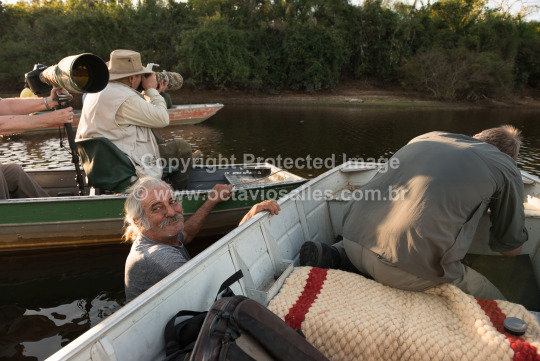
Part 3 of the series showcasing one of the spots we visit during my Pantanal trips this year, the Fazenda Barranco Alto. Scroll down the blog to see the other 2 blog posts, full of pictures! While not known as a jaguar spot (we do visit one on all trips as well), we can sometimes find jaguars here as well, and when we do it’s often magical as there are no other boats on the river, so everything is very calm. Here we can see one of the local guides, a true pantaneiro, doing his best to hold our two boats in perfect position to photograph the jaguar on the shoreline.
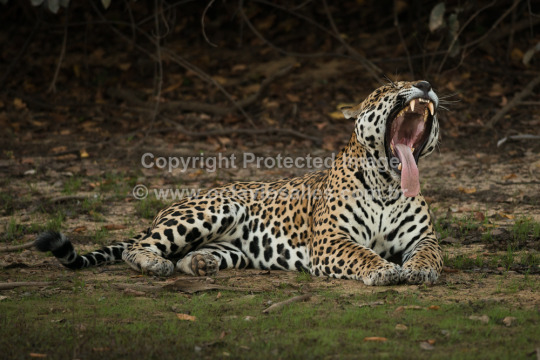
The jaguar photographed above. He was a huge male, one of the biggest I have ever seen, and very relaxed. We stayed with him for nearly 2 hours.
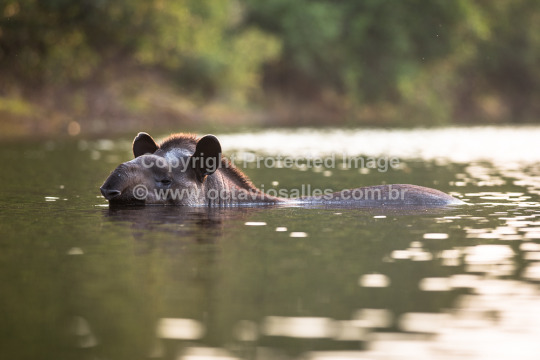
The river also provides good opportunities with other animals, like this tapir bathing one afternoon. Again, because of the absence of other boats, we may be able to get extremelly close. This was shot with a 300mm.
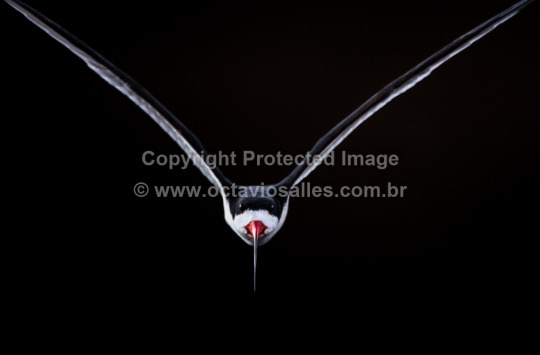
At the river we also get great chances for more artistic shots, and specially good for Black Skimmers. There is a large sandbar where hundreds of them nest each year and photos like this are possible.

Back inland we look for an amazing variety of different photos. Here a guest photographs a Jabiru on its nest. On this very same tree, near the lodge headquarters, we can find 4 other species nesting, including Hyacinth Macaws
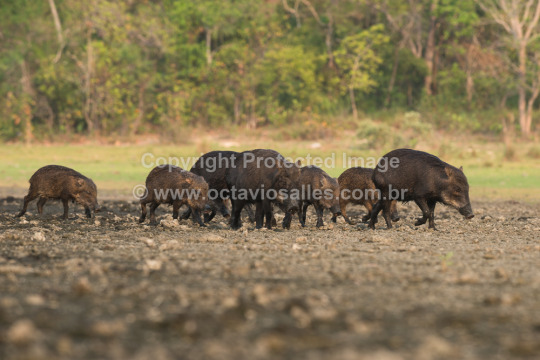
Peccaries are very common, like this band of White-lipped Peccaries foraging for minerals at the edge of a salt water lake.
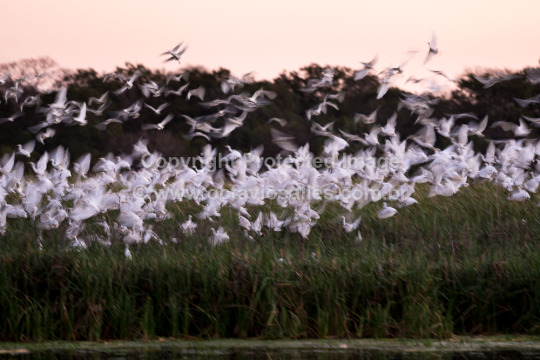
A great number of egrets roost together on a wetland, providing chances for different shots as well.

Come and explore with me the incredible wildlife photo opportunities of remote Pantanal in Brazil.
http://www.octaviosalles.com.br/p/pantanalhttp://www.octaviosalles.com.br/p/complete-pantanal
0 notes
Photo
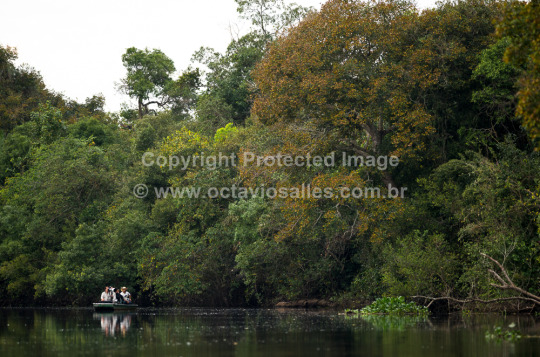
Part 2 of the post about the incredible Fazenda Barranco Alto, one of the places we visit during my Pantanal tours. The river crossing the region is the Rio Negro (not to be confused with the one in the Amazon), named after its dark, tea-like water. This can pretty much be considered a private river and usually we are the only ones there. The reason for this is that the region is very remote and there are no other nearby lodges, plus the mouth of the river with the big Paraguay River is actually an impenetrable maze of small channels and wetlands, so other boats coming from downriver can’t access this area. It’s impossible.

It’s my favorite place in the entire Pantanal to photograph all 5 species of kingfishers from a close range, like this Ringed Kingfisher with a fish in its mouth.

The river is also excellent for Giant Otters...
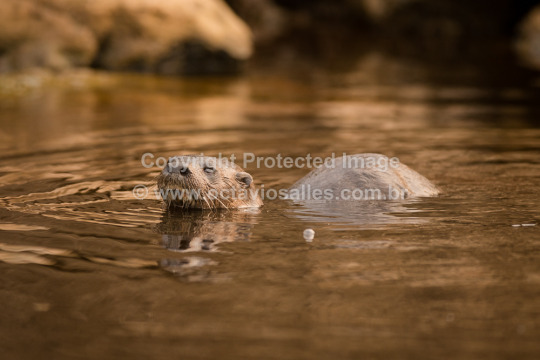
And definetely the best place for the often elusive Neotropical Otter. Here they allow a very close approach.
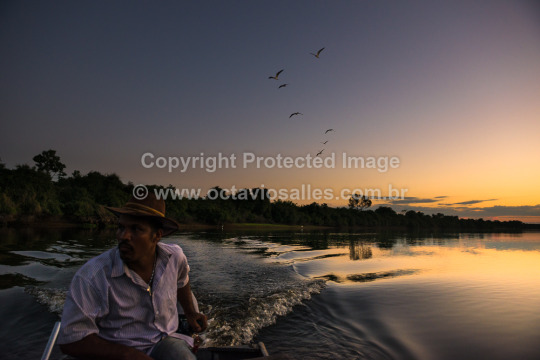
Returning home after a day of incredible photography. This is a magical time of the day and I often like to just turn the engine off and feel the atmosphere, listening to all the wildlife sounds surrounding us in the heart of the Pantanal.
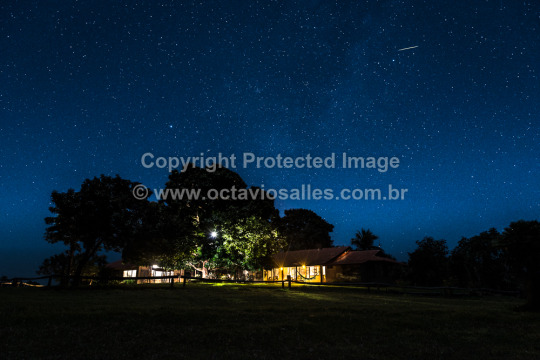
The main house is like a traditional Pantanal fazenda, but very comfortable. It’s small and exclusive, we may share the lodging with only a few other guests there. You will feel at home quickly.
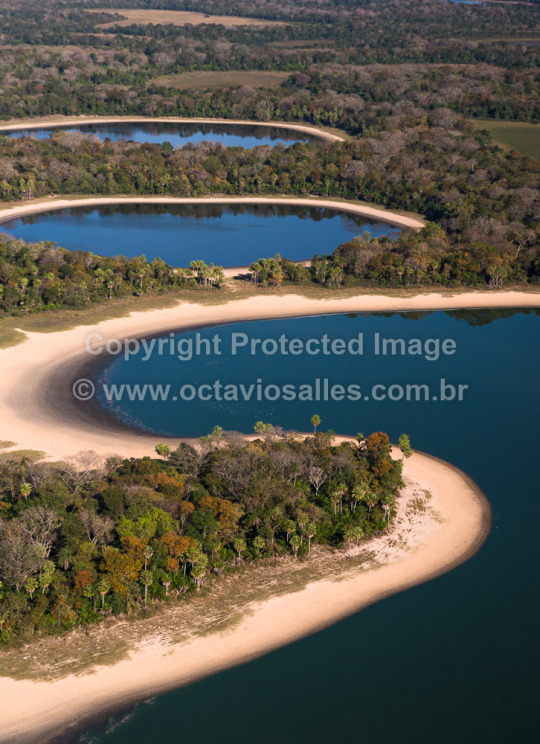
We alternate between boat rides and safari drives through the endless maze of lakes, forests, wetlands and grasslands of the interior of the property.
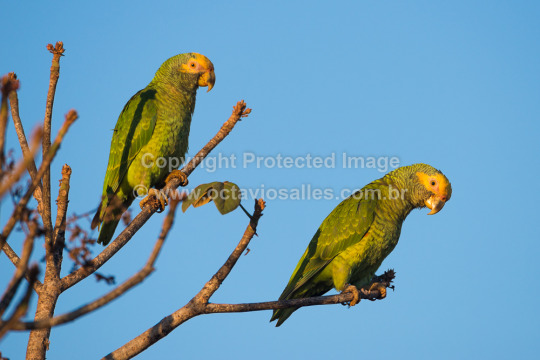
On these drives we always find a great number and variety of pscitacids, like these endangered Yellow-faced Parrots.
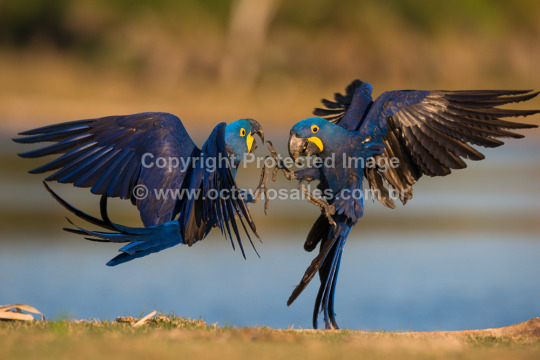
And Hyacinth Macaws. This is, by far, the best place to photograph these birds. I’ll continue tomorrow the part 3 of attractions of Barranco Alto. There are so many great things that 2 parts won’t be enough!
http://www.octaviosalles.com.br/p/pantanal
http://www.octaviosalles.com.br/p/complete-pantanal
0 notes
Photo

The spectacular Fazenda Barranco Alto is one of the places we visit during my Pantanal tours this year. It is located in South Pantanal at a region called Nhecolandia (yes I know, hard to say), characterized by its thousands of round lakes of varied water compositions. Some are even very salty, like the blue one above.
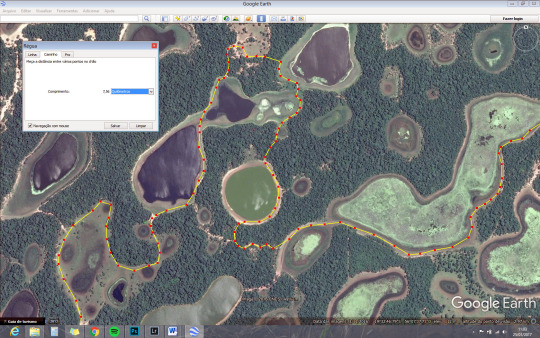
The fazenda is absolutely gigantic and very remote, accessible only by chartered planes or by 4x4 during the peak of the dry season, but we are talking of 6 hours travelling. Better take the plane for the short 30 minute or so hop. Once there we go out on daily boat or open safari-style car rides. There are countless little roads inland, passing through the many lakes, forests, grasslands, wetlands, etc. The scenery is beautiful and full of wildlife, a true photographer’s paradise! And our group will be pretty much the only one there.
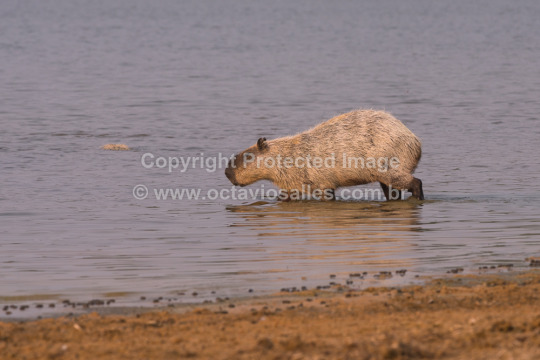
There it’s possible to see some white capybaras. No, they’re not a variant or subspecies, it’s just the salt that gets collected on its fur from the salt water lakes!
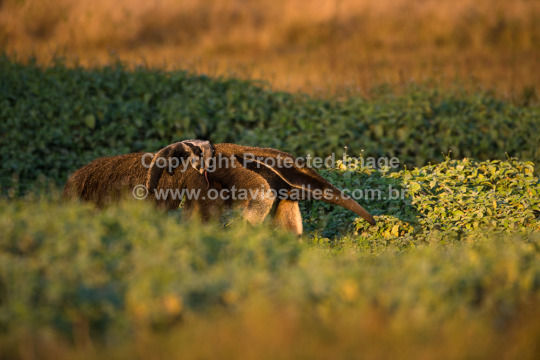
The place is probably one of the best in the world to see giant anteaters, like this one with a baby on its back! Unlike Africa, where you can’t leave the vehicle, here it is perfectly safe and we do get out a lot to shoot from a lower angle or better explore some areas.

The Rio Negro, named for its tanin stained dark waters, is gorgeous and we take our time exploring it on boats as well.
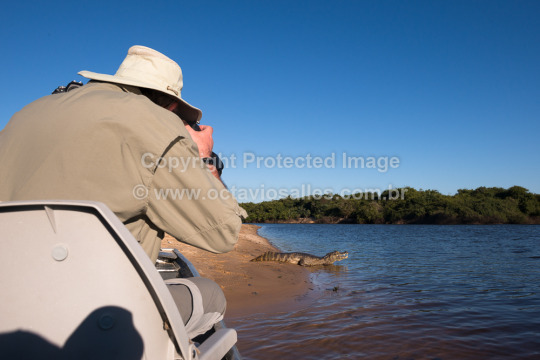
Like anywhere in the Pantanal, there are lots of caimans. But here, maybe because of the color of the water and the reflexes, the photos just look better.
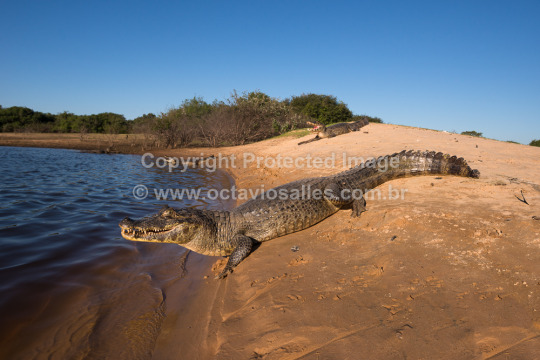
Like this wide-angle shot, very close to it.

Or this one getting the forest reflection. I’ll continue this post tomorrow, with more attractions and photos from Fazenda Barranco Alto. Join us this year on this and other incredible places.
http://www.octaviosalles.com.br/p/pantanal
http://www.octaviosalles.com.br/p/complete-pantanal
0 notes
Photo

I’m starting a limited time offer on the Pantanal South & North trip. For bookings made until January 31st. I’ll be offering a 10% discount. If you are thinking of coming to the Pantanal this year (plus 2 incredible extensions), now is the time to book! 4 spots left.
Details at http://www.octaviosalles.com.br/p/pantanal
0 notes
Photo
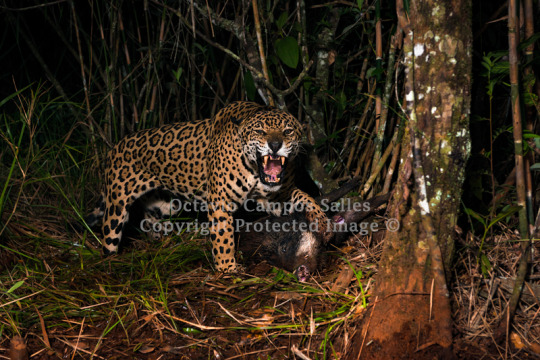
2016 was a very interesting year for my photography, as I started exploring other exciting possibilities. One of them is what I call on my website as “Special Productions”, in this case, with jaguars. The photos here would be completely impossible to make in a totally wild, non secure situation. Imagine a very large male jaguar inside dense forest, in pitch darkness of the night, very aggressively defending an animal he had just killed, in this case, a white-lipped peccary. It would be impossible, specially this close, shooting with a 24-70mm! In one brief but accurate description, it’s very safe to say that you would be dead. A brutal but probably quick death.

The use of captive animals in controlled situations is routine in wildlife film production. Everyone does this routinely, even BBC in the stunning and inspiring Planet Earth series. Some scenes are just impossible to capture in the wild in certain ways. Make no mistake, these are captive animals that live, in some ways, a pretty “wild” life, sometimes having to kill their food and having a lot of space in natural enclosures.
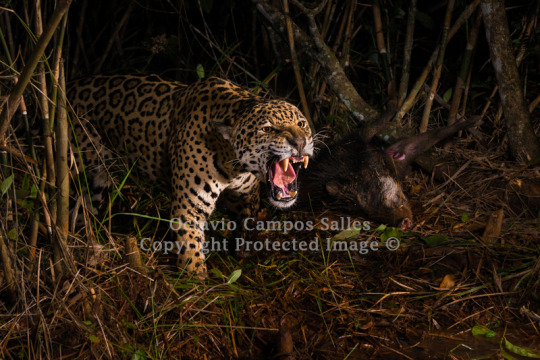
This is just a small example of the possibilites. Almost everything is possible as we work with the best people in this. It’s highly exciting and at times even scary, even knowing you have safety guaranteed. The brutality and sheer power of a large jaguar in “kill mode” is something to be seen to be believed. Below is the sounds made by this jaguar right after we were done shooting, after the height of the action, when it was pure madness... but still, you can feel the power. Get in touch if you too would like to shoot a jaguar or other animal in a special situation.
youtube
0 notes
Photo
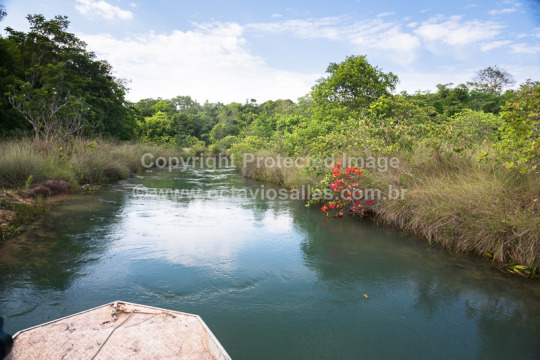
I’m currently developing a new option for our extension to the cerrado of central Brazil. This is the headwaters of the mighty Araguaia River, it crosses a huge part of Brazil all the way north to the mouth of the Amazon River.

The headwaters are very scenic, with clear water and beautiful gallery forest surrounding it. This is the place where Instituto Onça-Pintada, our partner for our Scientific Extension to the Pantanal South & North trip, develops an important conservation work. The river and its surrounding forest acts like a vital corridor between the Amazon and the Cerrado and even the Pantanal. Jaguars and other animals use this as a connection with different populations, enhancing the genetic quality. Instituto Onça-Pintada is working alongside farmers to conserve and reforest important areas that connect this with the nearby Emas National Park.

The vegetation around is gorgeous, with a profusion of orchids, like this Brassavola tuberculata.

There are lots of birds, like Blue-and-yellow Macaws, that nest on dead Mauritia Palms.

Mammals are present too. Instituto Onça-Pintada has several camera trap images of Jaguars on the river. Tapir, like this one with client and friend Patrick Meier photographing, are more common.
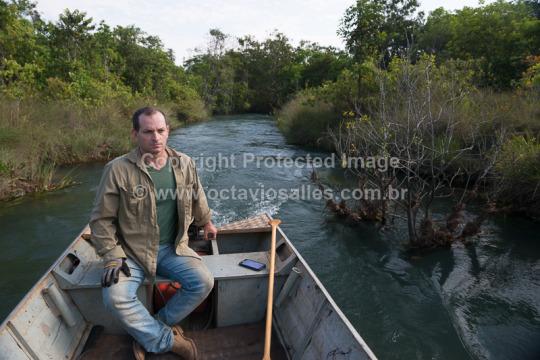
Famous Jaguar biologist Leandro Silveira guiding us there. In the future we plan on also creating downriver canoe trips there, stopping for lunch on a river beach or even a longer trip with good camping for a night under the moon. It’s the kind of place nature lovers just feel at home.
0 notes
Photo

There are several different puma individuals in and around Torres del Paine N.P.. One of them is the female Mochita, pictured here. This cat lost its tail white still very young, we don’t know for sure why but this gave her a very bobcat-like appearance. A large bobcat that is...

Mochita is a well known puma in the park, and not particularly scared of humans.

In fact, one time she came walking right toward us and never stopped. Eventually she reached the minimum focus distance of my 600mm (photo above), passed right beside us and kept going, never showing any signs of aggression. I wish I had a wide-angle ready at the moment! So this told me a lesson, in Patagonia, always carry another camera with a shorter lens ready. Some puma encounters are really very close!
0 notes
Photo
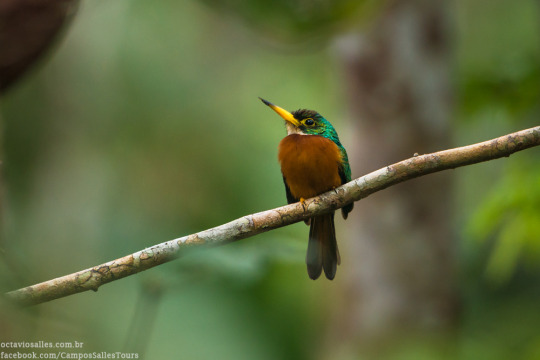
Mirror Lock Up, or MLU, is a photography technique that is more often used with landscapes, but it also has a place in wildlife photography. Last week I was scouting a place in the Amazon (news to come) and I found this Yellow-billed Jacamar, a bird that I wanted to see and photograph for quite some time. The problem is that it was already pretty late in the afternoon and the forest interior was very dark. Very difficult shot, specially if you don’t own a D5 and its super high ISO capability. :)
I first tried a few regular shots with the 600mm, tripod etc. The speed was ridiculously low, at ISO 2000 and f/4 I only had 1/20 of a second! Needless to say, the photo, as you can see below, came out very noisy and blurry. Useless. Then I rememebered to try Mirror Lock Up. I often use this with subjects that remain still for some time, like the Jacamar pictured here, but it also works with other forest birds, like Trogons, Puffbirds, Owls, etc.
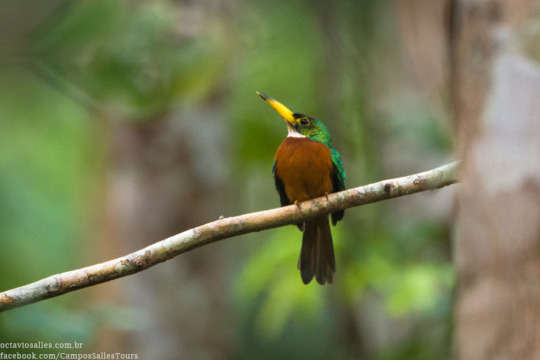
MLU works like this: on a regular shot with a normal DSLR, the mirror that projects the image to the viewfinder gets out of the way just before the shutter opens exposing the sensor. The problem is that with very low shutter speeds this mechanical movement of the mirror causes enough vibrations to blur the image, specially at 600mm. So with MLU you open the mirror first, waits a few seconds for the micro vibrations to cease, and then opens the shutter making the photo with the camera as still as possible. The difference, as you can see here, can be huge.
The two photos were processed in exactly the same way and they both have a subestantial crop as well. Notice how, with MLU, I was able to use a much lower ISO, a slower shutter speed and even then I got much sharper results. Consumer DSLRs might not have this feature, but all pro or semi pro cameras have it. To be more effective you will need a way to fire the camera remotely, either a cable or remote control. Try it!

0 notes
Photo
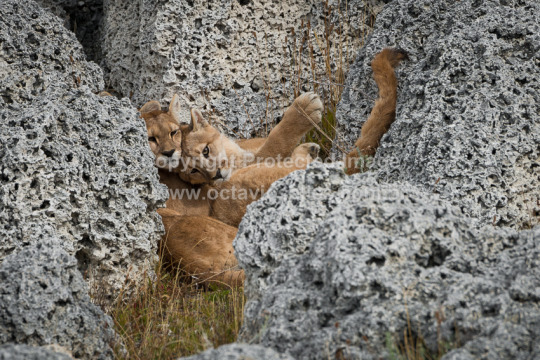
Our Pumas of Patagonia tour is back! Check details at http://www.octaviosalles.com.br/p/pumas-of-patagonia .
This is an amazing trip in the fabulous landscape of Torres del Paine National Park in the extreme south of Chile, right at the tip of South America, a land of roaring winds, incredible light and unforgettable scenery. The wild Patagonia waits you for this adventure.
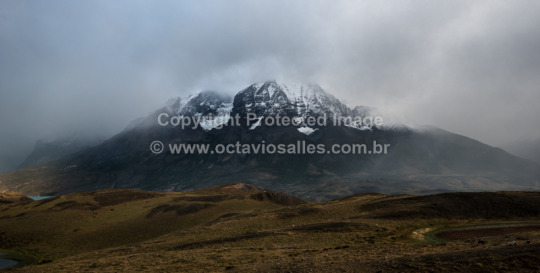
The reason we had to stop this tour for a year is that the national park has changed regulations and has forbidden any hiking (and puma searches) outside of the designated trails and roads. This was a rather significant drawback to the operation and it could hurt the success of the trips, so we decided to halt it until a solution is reached. The good news is that we now have an excellent solution, as we have made several months ago a partnership with an adjacent private property, Estancia Laguna Amarga, and we can have complete access to this beautiful area bordering the park and an amazing habitat for Pumas.
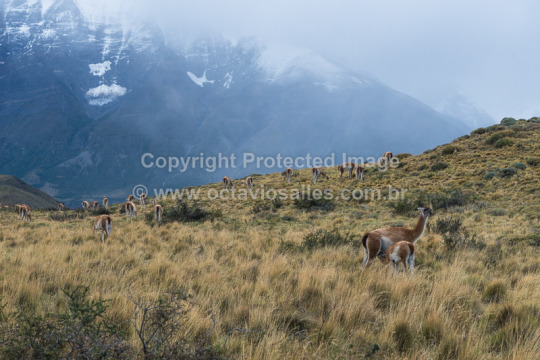
The Estancia, now fully committed to Puma conservation, is full of wild Guanacos, their main prey... and also full of Pumas. Our partner’s trips there have been very succesful, with many Puma sightings. This, combined with areas that we can access in the National Park, makes for an ideal Puma trip... perhaps even better than what we had before!
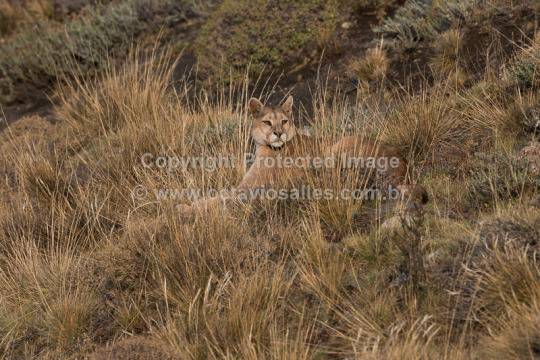
We are still staying at the great Hotel Las Torres, which offer very convenient access to the best areas to search for Pumas. Come and join us next year! So far we have only ONE trip in late September, and spots are being filled quickly, if you want to go we reccomend booking soon to guarantee your spot.
0 notes
Photo
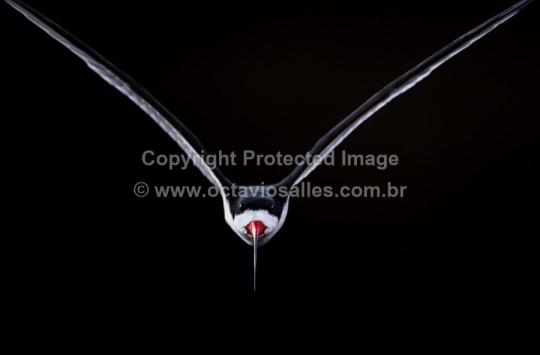
During a recent tour to South Pantanal I saw an opportunity to make some artistic photos of Black Skimmers, like this one above with a completely black background isolating the subject.
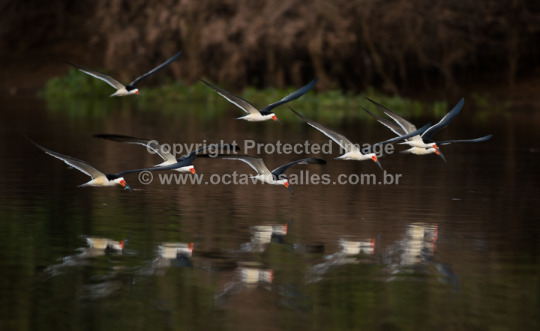
The Skimmers were all on an exposed sandbar on the river, as they usually do at this spot. We parked the boat downriver a bit and shot as squads of them flew up and down the river from the sandbar.
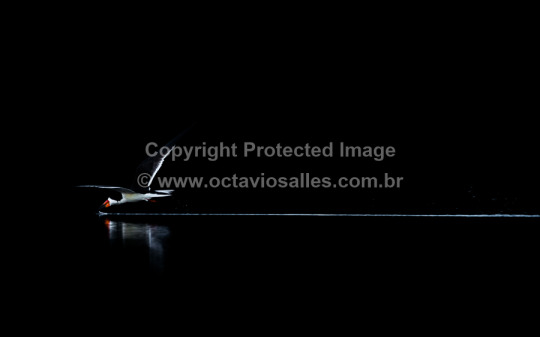
The best shots were the ones where the background was pitch black due to deep shadows of the evening light. On the photo it would completely isolate the bird and the water whenever it touched it. The advantage of this spot in South Pantanal is that there are no other boats on the river, we are the only ones, so the water is always still as a mirror, so we can create photos like this.

Join me next year. Check our tour schedule.
0 notes
Photo
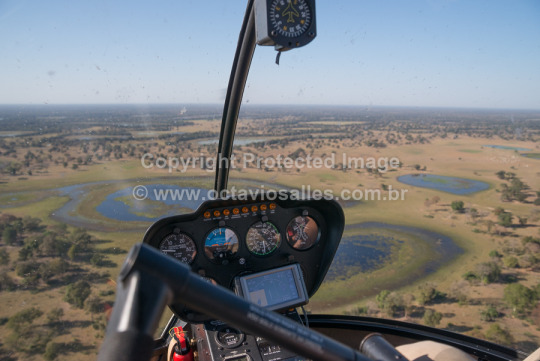
We are now offering optional helicopter trips during our tours to South Pantanal. This is the best way to photograph this unique part of the biome.

We remove all the doors so that you have ample space to shoot.
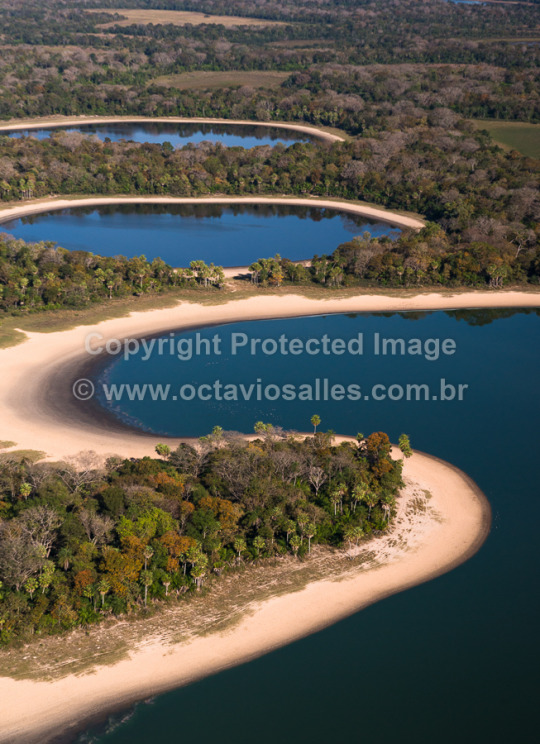
The region has thousands of lakes, with about 20% of them being with salt water, like these here. Note the lack of vegetation on its shores.
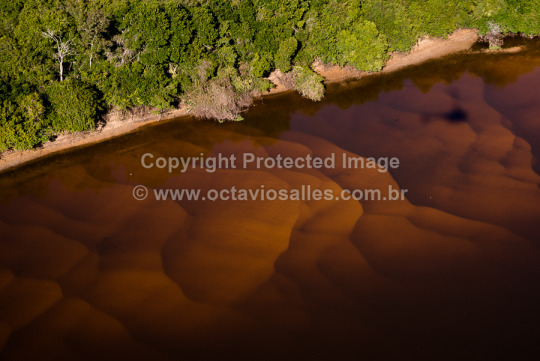
The river also provides interesting photos, like this with the submerged sand bars showing.
0 notes
Photo
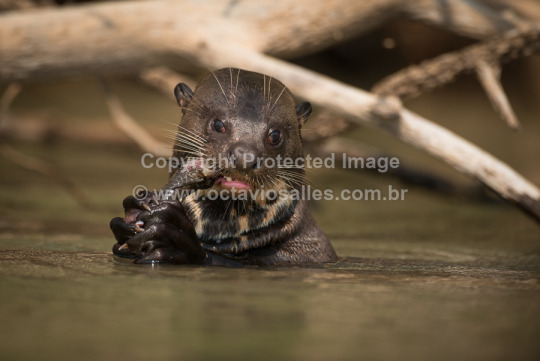
Seeying Giant Otters in the Pantanal today is quite easy, and we have fantastic views on every trip now. But it wasn’t always like that. During the 70′s and 80′s the species was in great risk of extinction due to poaching for the fur market. When this market was turned illegal in the US and Europe the demand dropped dramatically and the species made a comeback.
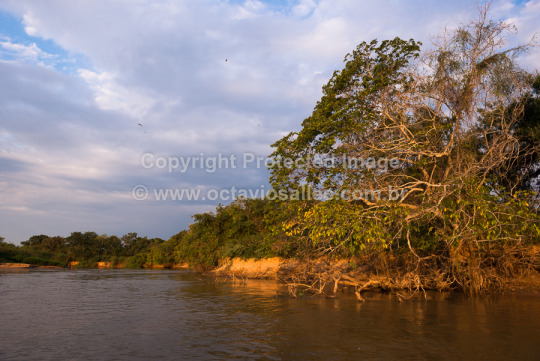
This tells a lot about the recent legalization of the ivory, rhino horn and tiger parts trade, which resulted in a great spike in the poaching of these animals. To fight this wildlife trade the first step is to completely prohibit the commercialization of the products. No exceptions! No “one-time” license!
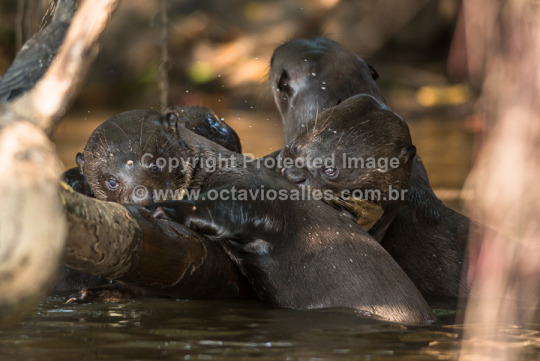
These otters, now fearless, seem to agree...
0 notes
Photo
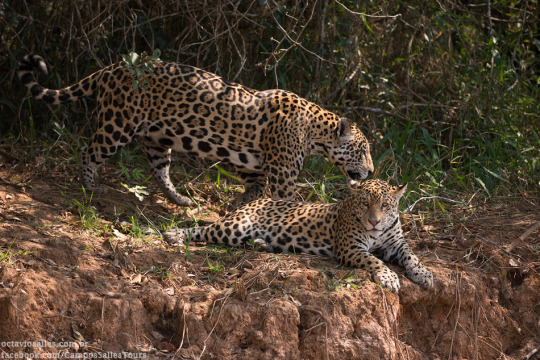
Finding any Jaguar is always very exciting, but finding a breeding pair is just more. Jaguars are solitary cats, but males and females get together every year for breeding, which lasts a few days. Our trips are made during the breeding season so finding a pair is not that rare. This was shot a couple weeks ago while guiding a tour in the Pantanal. Although big enough, note how much smaller the female is in comparison.
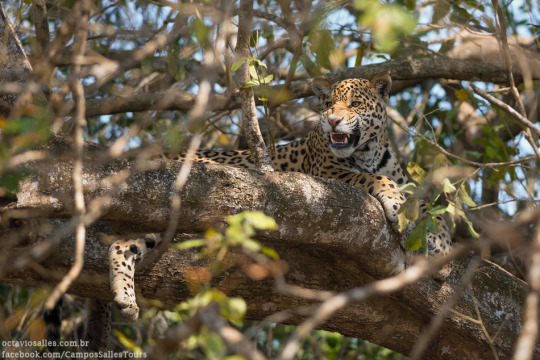
Breeding Jaguar pairs are exciting because the interaction between the two is always interesting to watch and photograph. I have pictures of males and females fighting and of course on the very act of breeding. This time, however, we saw the female up on a tree branch trying to get away from the male a little bit. It might be common to see Leopards climbing trees, but not Jaguars... so, that encounter made our day. We spent a good hour watching them two.
0 notes
Photo
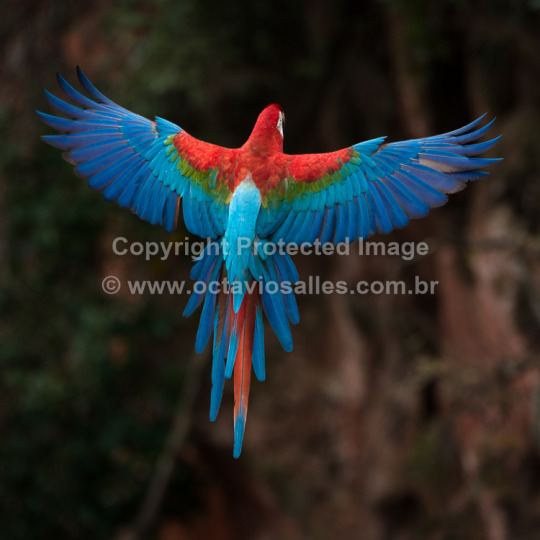
I’m very happy to announce that for 2017 we will be back at one of my favorite places in the world to photograph. This is a huge natural sinkhole (collapsed cave) where about a hundred Red-and-green Macaws nest and roost. It’s the best place on Earth to shoot these amazingly gorgeous birds in flight.
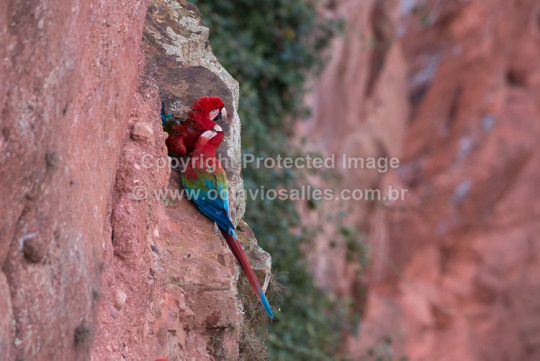
During the breeding season they stay in and around the sinkhole during the entire day. Their nests are excavated on the sandstone of the vertical walls.
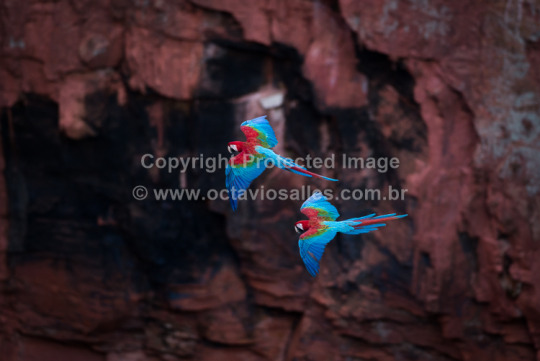
They fly inside the hole constantly throughout the day, providing great opportunities for flight shots either from eye-level or from above, which is very unusual and shows better the most colorful part of this bird.

Newly re-built platforms located at the edge of the hole make an ideal spot for our photography.
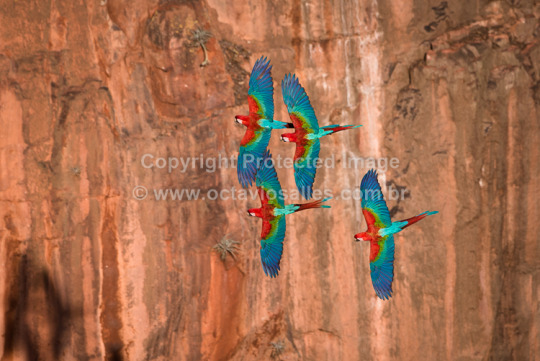
They fly in pairs, small groups or...
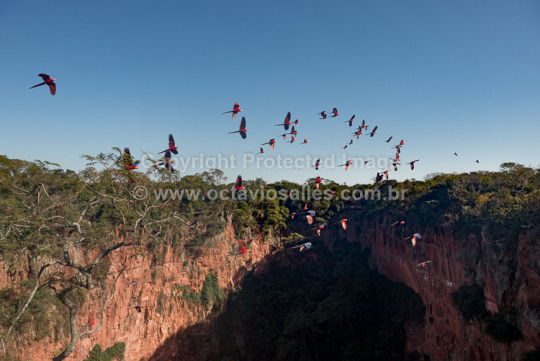
...HUGE noisy groups, which is quite a natural spectacle to see.
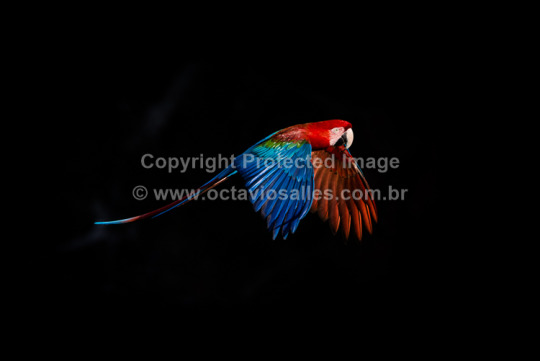
This place is included in my optional extension tour. Hope to see you next year! Check more details at http://www.octaviosalles.com.br/p/jaguar-special
0 notes
Photo
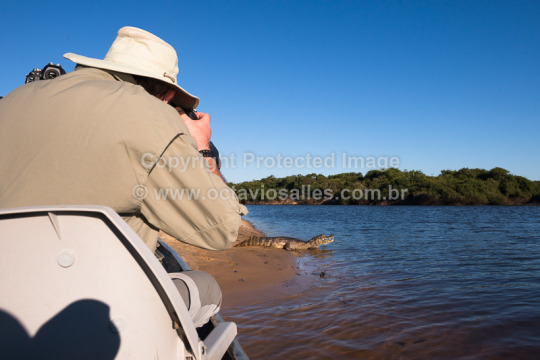
There is a lot of talk about the Zika Virus in Brazil, and how huge a problem it is, and that you should not travel to Brazil and so forth. This is again gaining force with the Olympics. But what is the reality?
Well, fortunately, reality is quite different. First off, the number of Zika cases are much lower now... at least I don’t hear anything about it on the news here. I never got it and don’t know anyone who got it! The problem is way overstated... and it may have some political motivation because of the Olympics...
Second, the disease itself is not serious, as a matter of fact most people that get it don’t even know it! Quoting the Center for Disease Control and Prevention (CDC): “Many people infected with Zika virus do not get sick. Among those who do develop symptoms, sickness is usually mild, with symptoms that last for several days to a week.” http://wwwnc.cdc.gov/travel/notices/alert/zika-brazil
Also important to mention, the areas we visit during my regular tours are free of Malaria and, being quite uninhabited, the chances of getting a disease by a mosquito bite are slim, because first the mosquito must bite someone infected, and then bite you during their short lifespans. So just relax and enjoy your trip. Zika is not the problem most people think it is. Brazil is safe.
0 notes
Photo
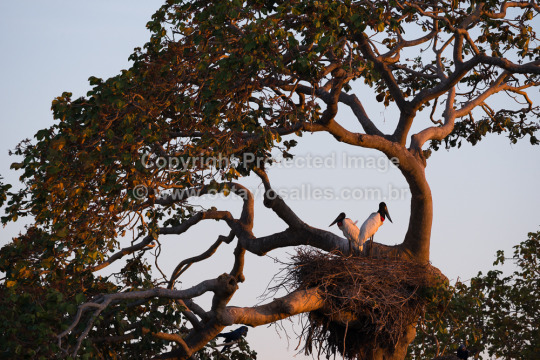
A lot of times we wildlife photographers tend to always try to get too close. That frame-filling shot of the animal, where we can get all minute details of the feathers, the fur, the eyes - with a completely out of focus background so we have all our attention on the animal and, at most, some of the perch. That’s nice allright, but honestly, it’s getting old. When I look at online galleries of birds, for example, I tend to pass a quick glance over photos of that kind, stopping on photos that are different. It can be wide-angle shot, a high-key or low-key, or one where the bird is a detail that puts into context and explains all of the scenery around it. The bird becomes a fundamental detail. We can’t see any feather details or the color of the iris, but in my opinion it’s a better natural history photo than a frame-filling shot. It tells a more complete story.
So next time try to look back from your 600mm. Look at the entire scene, maybe the best photo is with a 300mm, maybe it’s with a 50mm! Don’t be creatively blinded by looking down your long lens only.
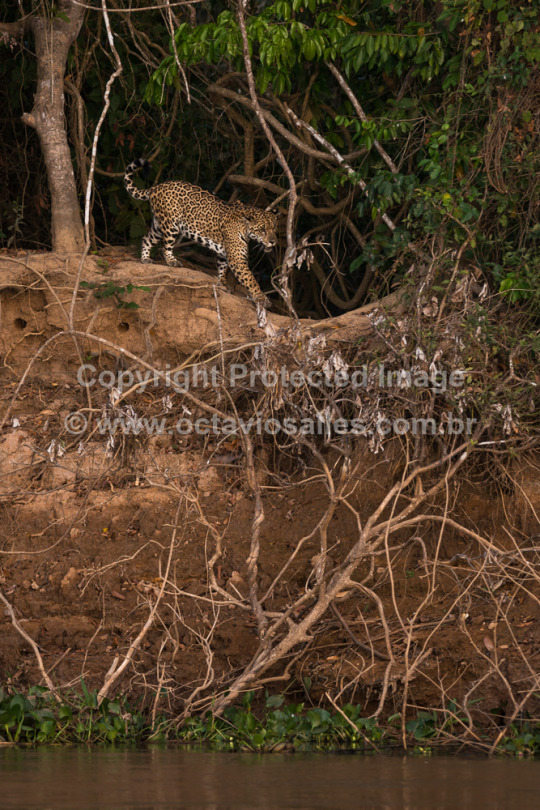
0 notes
Photo
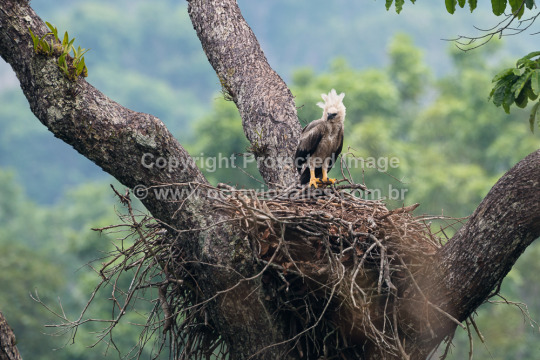
My new blog is born! Welcome! Every once in a while I have the desire to create a blog and write a little about my photo tours, photography techniques, photo equipment and random stuff. My idea is to keep posting new things, so stay tuned!
I am still customizing this new blog and soon it will be ready to fly, bear with me!
BTW, the photo is an immature Harpy Eagle at the nest, shot last year in the Amazon during a custom tour to a german photographer. See you soon!
0 notes